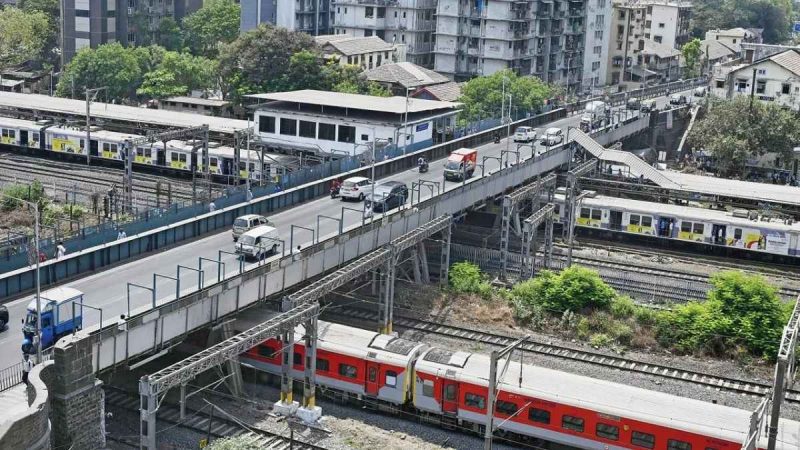From today, cars and buses will no longer rattle across the Elphinstone Bridge. The British-era structure that has stitched together Prabhadevi and Parel for generations is being retired, to be replaced by something very “Mumbai 2025,” a double-decker span wired into the city’s ever-expanding tangle of flyovers.
Elphinstone Road Overbridge: End Of An Era
According to News 18, the decision has been in the air for months. Back in April, Joint Commissioner of Traffic, Anil Kumbhare, signed off on the closure notice. Yesterday, he reminded Mid-Day: “The notice remains valid. Now it is up to the MMRDA to take the necessary measures for the rehabilitation of commuters.”
The Mumbai Metropolitan Region Development Authority (MMRDA), backed by the Maharashtra Rail Infrastructure Development Corporation (MRIDC) and the traffic police, has envisioned a new design for this space. Instead of another plain bridge, the plan is to tie the replacement directly into the Sewri-Worli elevated connector. The idea is to weave central Mumbai into a faster and denser road network.
Officials insist the two-tiered bridge will do more than just look futuristic. It’s supposed to take pressure off an area that regularly locks up in rush-hour gridlock.
Also Read: From Coconuts To Batteries, 15 Mumbai Airport Officials Fired For Pocketing Seized Goods
The Significance Of Elphinstone Bridge
Anyone who has tried crossing Elphinstone Bridge on a weekday morning knows its significance. The span cuts across Prabhadevi and Parel stations, and between them, they see five to seven lakh passengers a day. Add to that office workers hustling to Lower Parel, families from nearby colonies, ambulances rushing to KEM or Tata Memorial, and school runs, and you have a bridge that is full of commotion and underlying rushed memories.
Taking it out of action won’t be painless. Alternate routes and diversions are promised, but commuters are already bracing for longer travel times and the chaos of new traffic flows.
Elphinstone isn’t the first to go. In recent years, Mumbai has said goodbye to Sion, Carnac, Bellasis, and Reay Road bridges, as stated by News 18. Each was knocked down and replaced; this cycle reflects how the city is quietly pruning its colonial skeleton and grafting on new infrastructure.
For now, the east-west flow through central Mumbai takes a hit. But if plans stay on track, the double-decker that rises here could become a symbol of the city’s shift from patch-and-repair fixes to full-scale reinvention. Until then, one more piece of Mumbai history is out of circulation.
Cover Image Courtesy: ashishraje/X
For more such snackable content, interesting discoveries and the latest updates on food, travel and experiences in your city, download the Curly Tales App. Download HERE.

